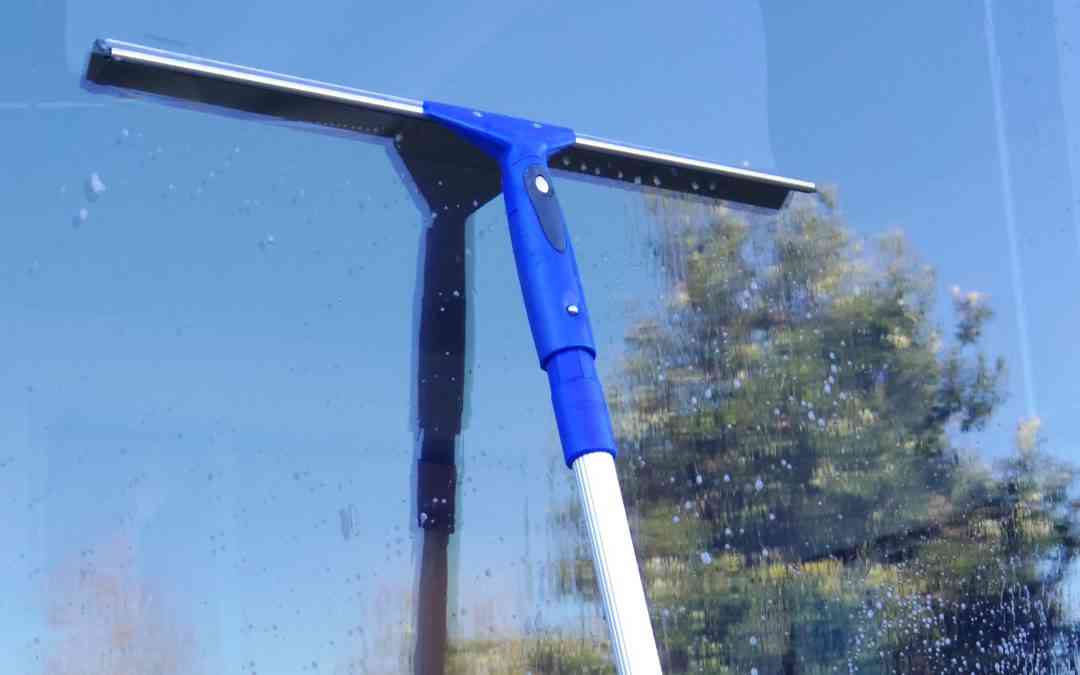Digital marketing specialists have plenty of opinions about how often a company should post on social media to get the maximum mileage out of their content.
According to a few different “experts,” the recommended frequencies are:
- Pinterest: 5 times per day
- Twitter: 4-5 times per day
- Google+: 3 times per day
- Facebook: 2 times per day
- Instagram: 2 times per day
- LinkedIn: Once per day
- Blog: 6 to 8 times per month
If it feels like we are swimming in an ocean of digital content, we are.
Yet how many businesses post original content with the kind of frequency mentioned above? Those that do often do so at the expense of uniqueness, quality and relevance which are properties that Google’s algorithms use to rank content.
Personally, I don’t know many companies that have the time, energy or creativity to craft dozens of engaging posts per day. I certainly don’t do so for my own business, or for the clients whose content marketing strategies I help develop and manage.
Do I still value the power of content marketing? Yes. However, I believe in quality over quantity—especially as signs of “content fatigue” start to set in. People are tired of seeing clickbait headlines and reading generic syndicated content. They want original content that is smart.
Your Brand’s Original Point of View
No doubt, it’s difficult to stand out in an environment where every second, on average, 6,000 tweets are tweeted on Twitter. (Check out Internet Live Stats for up-to-the-second digital statistics that boggle the mind.)
The only hope for cutting through the clutter (without sacrificing your integrity) is to be original, which is both easier—and harder—than it sounds. Originality doesn’t mean searching high and low for a subject that nobody else has covered before. Instead, it means providing people with insights into a product, business or industry that only you or your company can provide.
Originality also means putting yourself in other people’s shoes. What you think of as a “routine” or mundane part of your business just might spark the imagination and interest of others, helping increase your brand’s awareness and boosting sales.
Three Unique Takes on Content Marketing
Here are three examples from businesses that we work with that approach content marketing from their own unique points of view:
Cascade Minerals manufactures an organic soil amendment used primarily by large commercial growers creates a handful of educational articles and YouTube videos per year. They feature the company’s agronomist who explains the science behind the product and how it helps build soil health by supporting beneficial microbes. While targeted at sophisticated commercial operations, the content has quickly become very popular with home gardeners who are becoming more and more interested in soil health—both in their backyards and on a larger global scale. The result is increased brand awareness for the company and a reputation as a thought leader in its field. Lesson: Don’t dilute your message by dumbing things down.
***
A veterinary industry association that funds scholarships for college students entering the profession asks its scholarship recipients to provide detailed first-person stories—in written format and in the form of videos and pictures—that it shares across social media and with its members, prospects and sponsors. Not only does the association gain relevant and valuable content, but it also inspires members and reminds them of why they joined the association in the first place. Member-submitted stories also help keep communications real in the sense that they avoid “marketing speak” and industry jargon. Lesson: Tell great stories that support your brand mission and vision.
***
Ettore Products Company was founded in 1936 with one humble man’s determined vision: To make a better squeegee. His product revolutionized the professional window cleaning industry and today the company produces more than 75% of the world’s squeegees. Proud of its history and passionate about the industry that it supports, the company shares its knowledge with instructional content that explains why, not just how, the right combination of tools and techniques leads to cleaner windows and brighter interiors—whether you are a high-rise window cleaner or a do-it-yourself homeowner. Lesson: Build trust by sharing your history and expertise.
Interestingly, none of these companies post more than a few pieces of content a week. Why? They have successful businesses to run. By adopting a smart, strategic approach to content management they are proving that yes, you can still find excellent business-driven content online.

